In a mass production and digital automation world, certain villages stand as living museums, preserving craft traditions passed down through countless generations. These remarkable communities maintain their ancestral techniques and adapt them to ensure survival in the modern world.
Their dedication to craftsmanship bridges our past and future, offering insights into sustainable practices and the enduring value of human creativity.
Teotitlán del Valle, Mexico
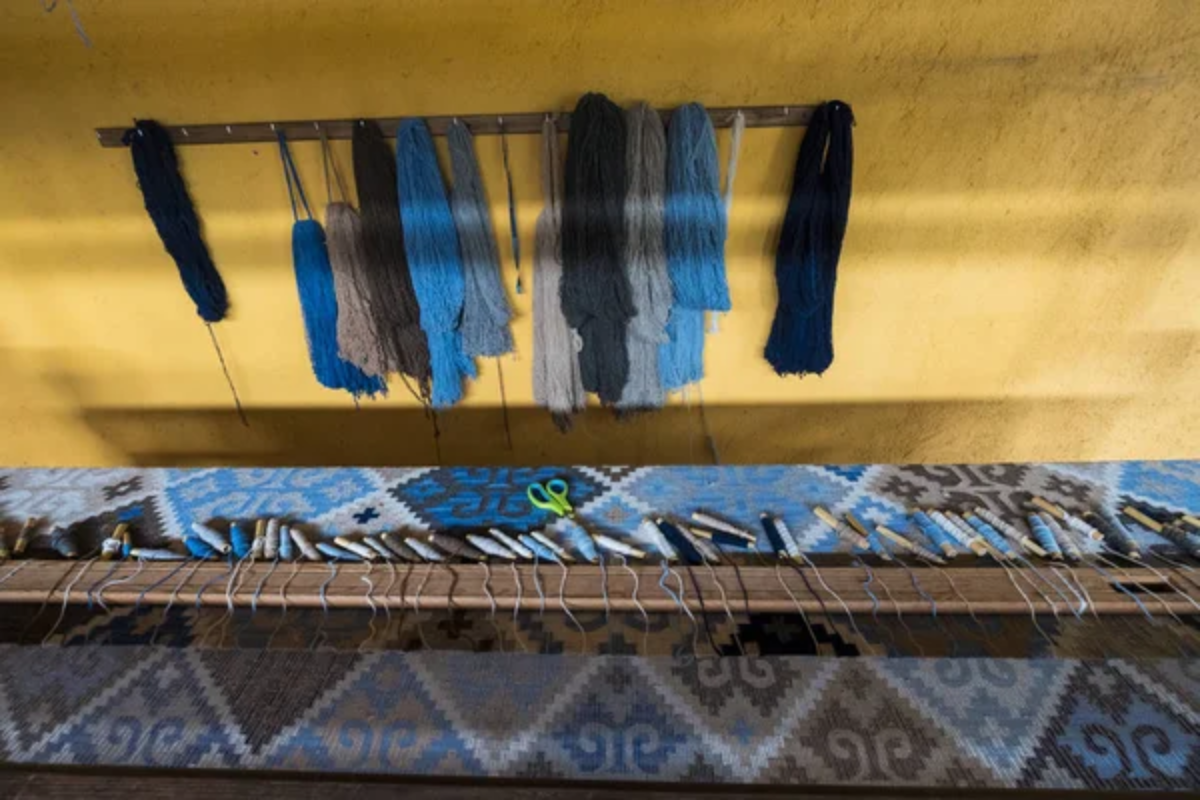
This Zapotec village in the Oaxaca Valley has been weaving magnificent wool rugs and textiles for over 2,000 years. Local artisans continue to use natural dyes derived from plants and insects, including the prized cochineal, which produces vibrant reds.
The community’s dedication to preserving traditional techniques while innovating with contemporary designs has created a thriving artisan economy that supports hundreds of family workshops.
Jingdezhen, China
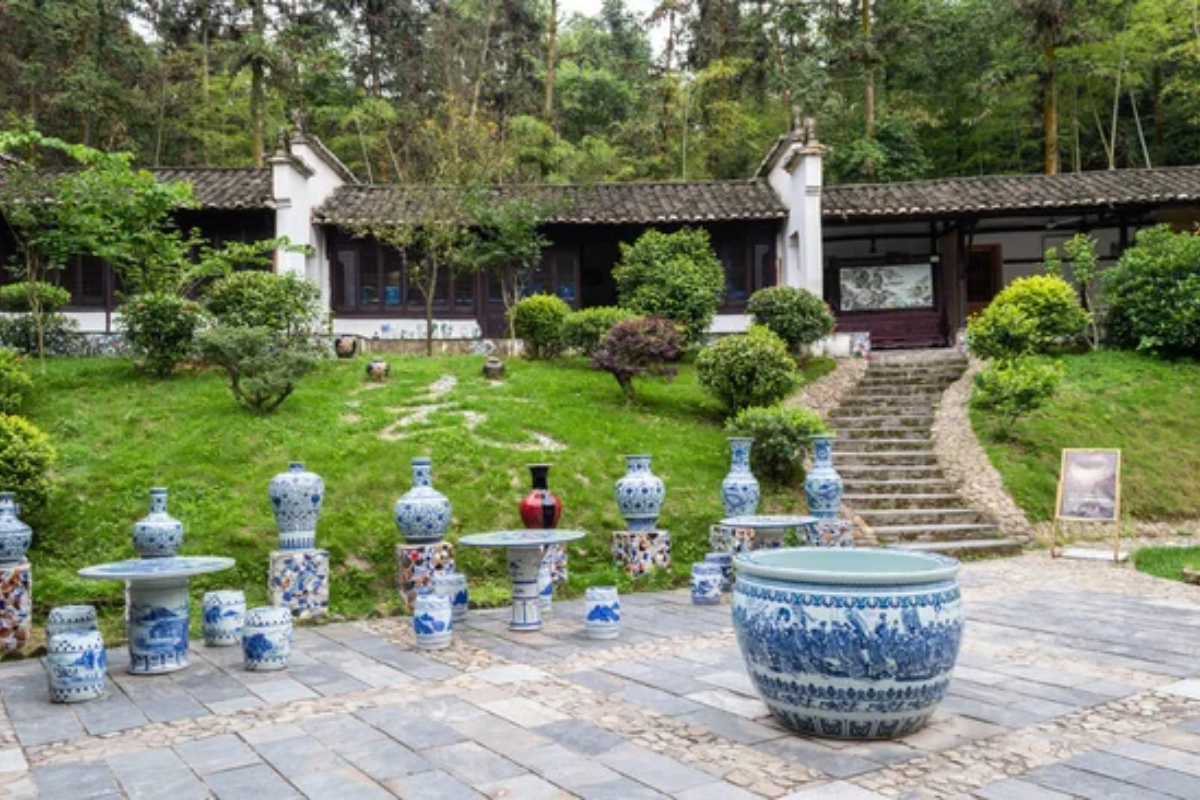
Known as the ‘Porcelain Capital,’ this city in Jiangxi Province has produced fine ceramics since the Han Dynasty. Local craftspeople maintain techniques refined over 1,800 years, including the unique ‘blue and white’ porcelain that became globally coveted during the Ming Dynasty.
The city’s numerous workshops still use traditional kick-wheels and wood-fired dragon kilns that reach 2,300 degrees Fahrenheit.
Like Travel Pug’s content? Follow us on MSN.
Madurai, Tamil Nadu, India
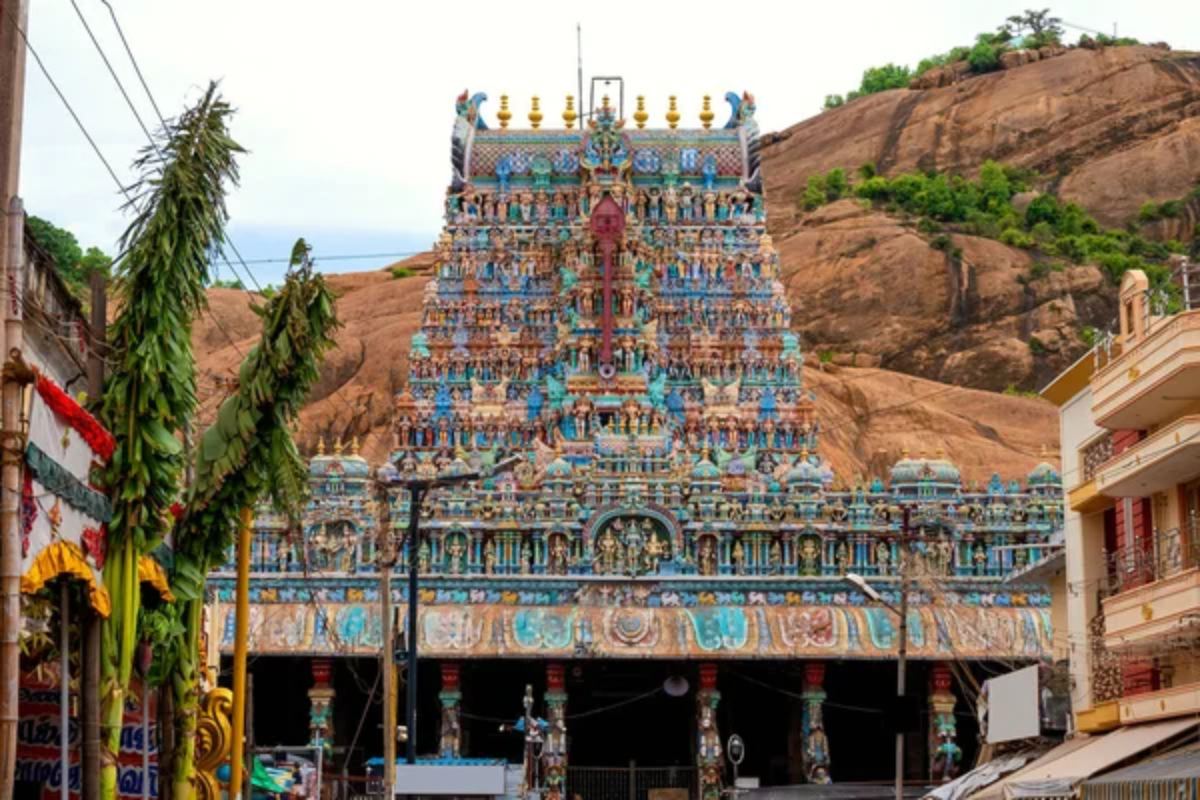
The ancient city’s silk weavers preserve the art of creating Kanchipuram silk saris, which are known for their unique weaving techniques and pure zari (gold thread) work. These master craftsmen spend up to six months weaving a single sari using techniques that have remained largely unchanged for centuries.
Their workshops operate in traditional homes where the entire family participates in various stages of the silk-weaving process.
Murano, Italy
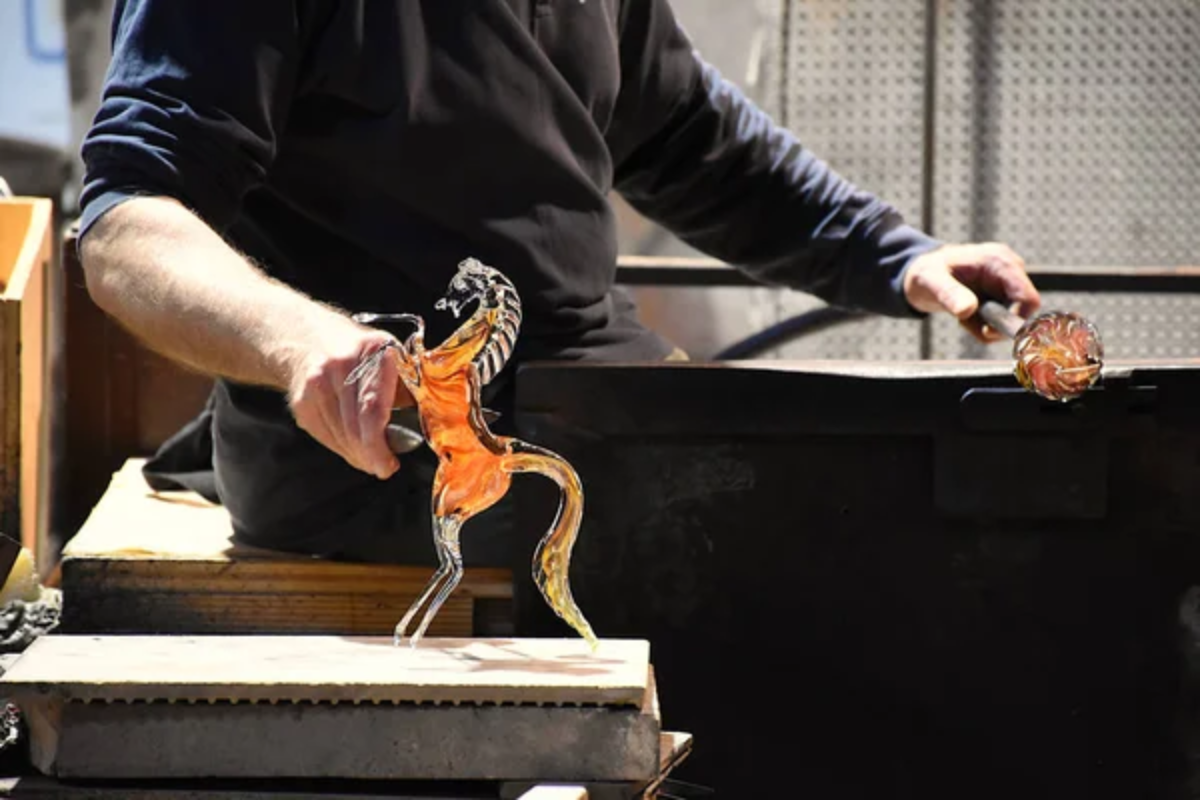
For over 700 years, this Venetian island has been home to master glassmakers who guard centuries-old techniques. The artisans continue to use traditional furnaces and tools to create their signature crystalline glass, with each master carrying secrets passed down through generations.
Their workshops produce everything from delicate figurines to magnificent chandeliers using methods that date back to the 13th century.
Fez Medina, Morocco
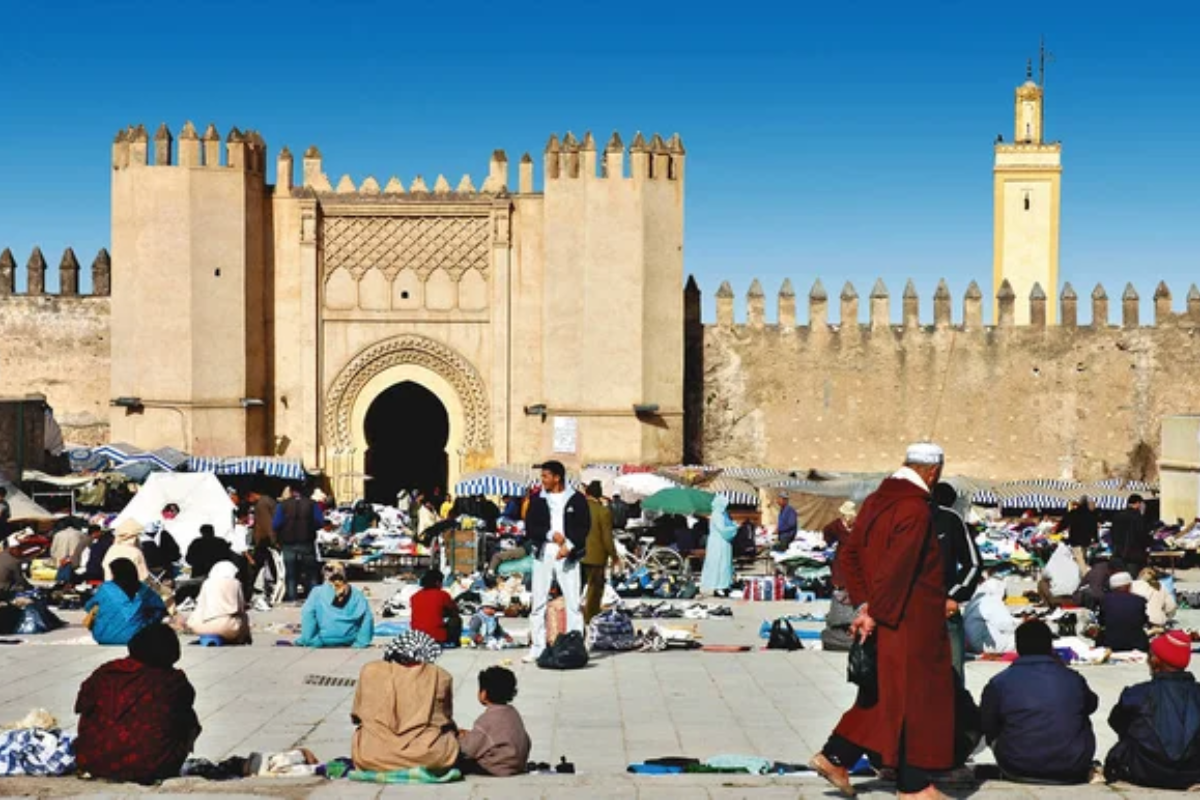
Fez’s ancient leather tanning quarter remains one of the world’s most active traditional tanneries. Local artisans process leather using methods unchanged since medieval times, including natural materials like pigeon droppings and pomegranate powder.
The intricate network of stone vessels and drying areas continues to produce some of the finest leather goods using techniques passed down through generations.
Like Travel Pug’s content? Follow us on MSN.
Arita, Japan
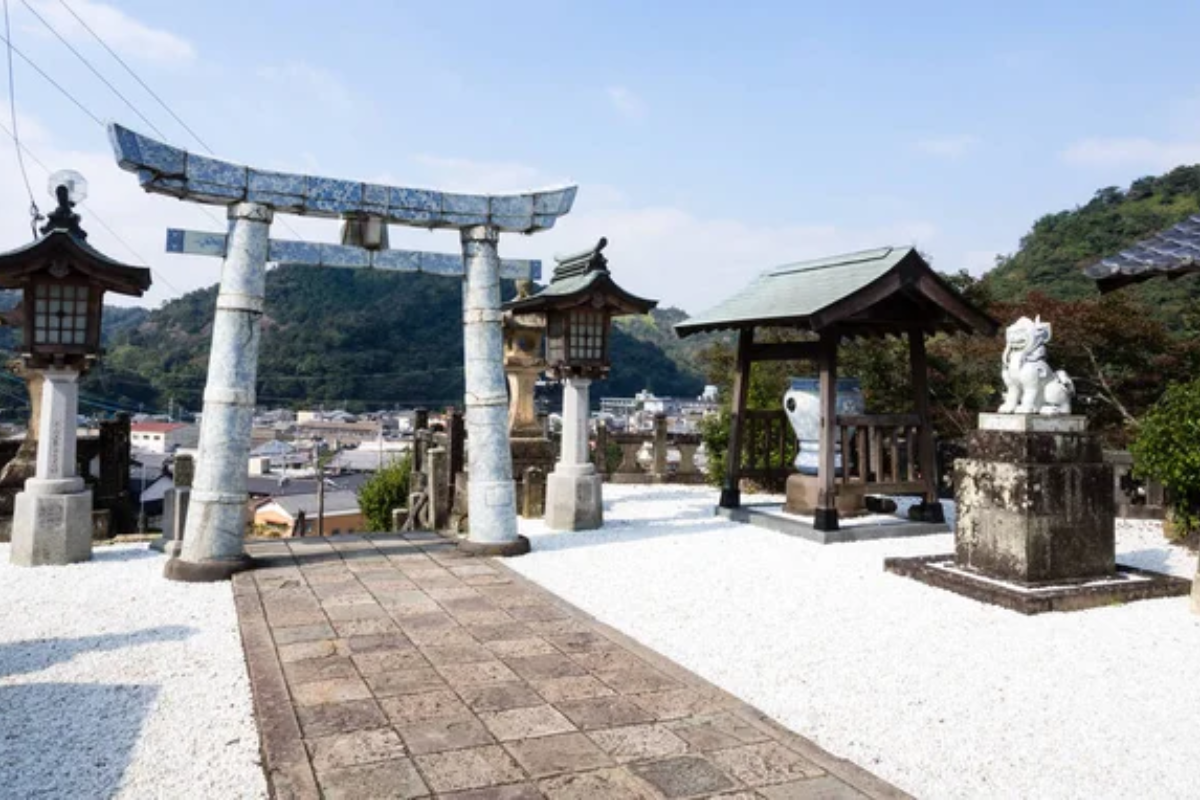
This small town in Saga Prefecture has been the heart of Japanese porcelain production since the early 17th century. Local artisans maintain the distinctive style of Arita-yaki, characterized by its robust potting and elaborate overglaze decoration.
The community preserves traditional techniques while incorporating contemporary elements, ensuring the survival of their craft heritage.
Bukhara, Uzbekistan
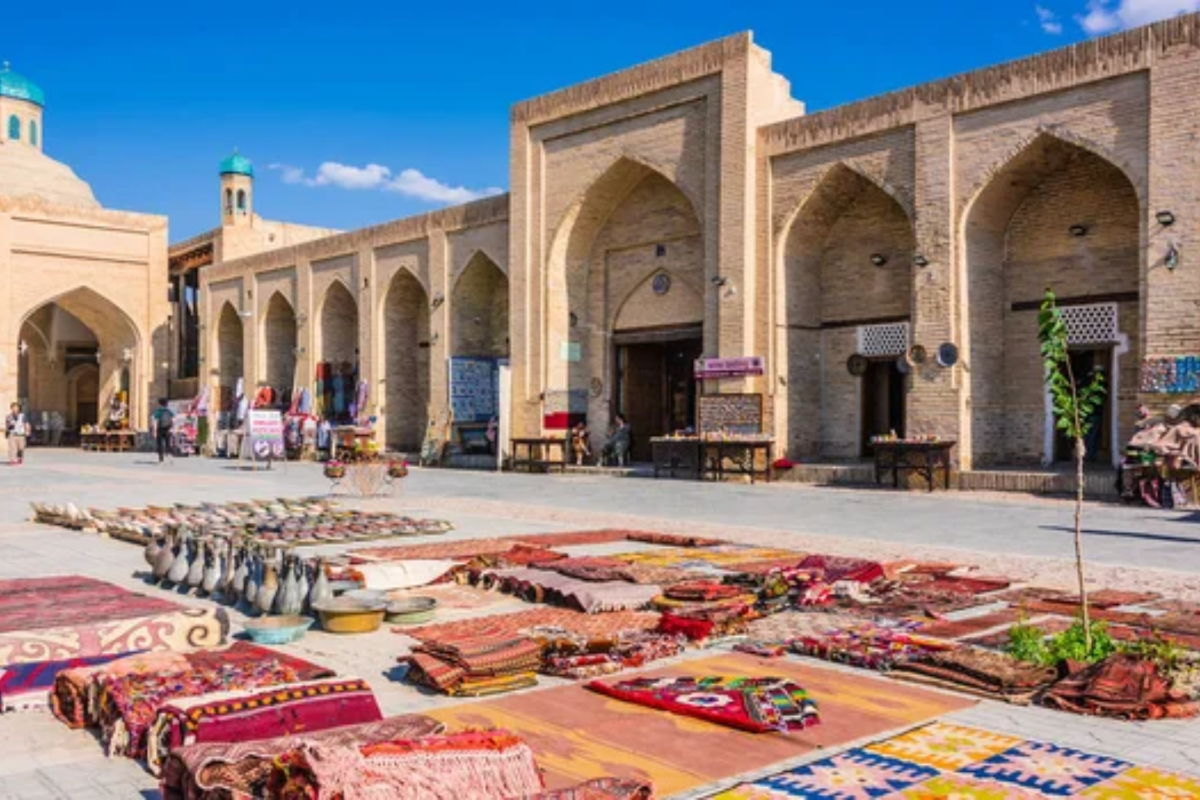
The ancient Silk Road city maintains its tradition of suzani embroidery, creating intricate textiles that tell stories through symbolism. Local women work in small cooperatives, using traditional patterns and techniques preserved for centuries.
Their distinctive chain-stitch embroidery creates elaborate designs that can take months to complete.
Bagru, India
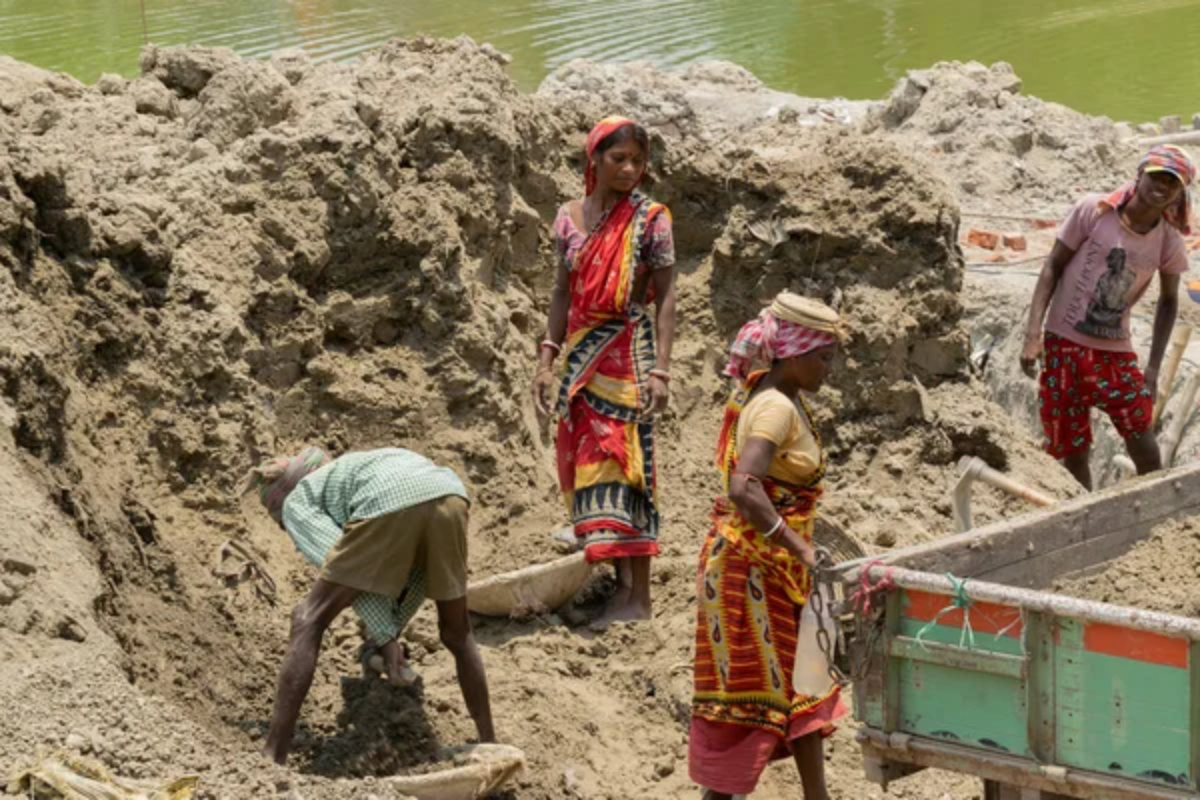
This village near Jaipur continues the tradition of hand-block printing using natural dyes. Local artisans maintain techniques passed down through generations, including the distinctive dabu mud-resist printing process.
Their workshops preserve traditional patterns while creating new designs that appeal to contemporary markets.
Like Travel Pug’s content? Follow us on MSN.
Tokoname, Japan

One of Japan’s oldest pottery towns, Tokoname’s artisans have created distinctive ceramics for over 1,000 years. The community preserves traditional techniques for creating famous red clay teapots and architectural tiles.
Local workshops maintain climbing kilns built into hillsides, using firing methods that have remained unchanged for centuries.
Chamba, India

This Himalayan town preserves the art of Pahari miniature painting, which is known for its distinctive style and fine detail. Local artists continue to use traditional materials, including stone colors and squirrel-hair brushes.
Their workshops maintain techniques passed down through family lineages for over 400 years.
Göreme, Turkey

The cave dwellings of Cappadocia house workshops where traditional carpet weaving techniques are preserved. Local women maintain ancient Anatolian patterns and natural dyeing methods, creating pieces that take months to complete.
Their workspaces are often carved into the soft volcanic rock, providing ideal wool processing and weaving conditions.
Like Travel Pug’s content? Follow us on MSN.
Hội An, Vietnam
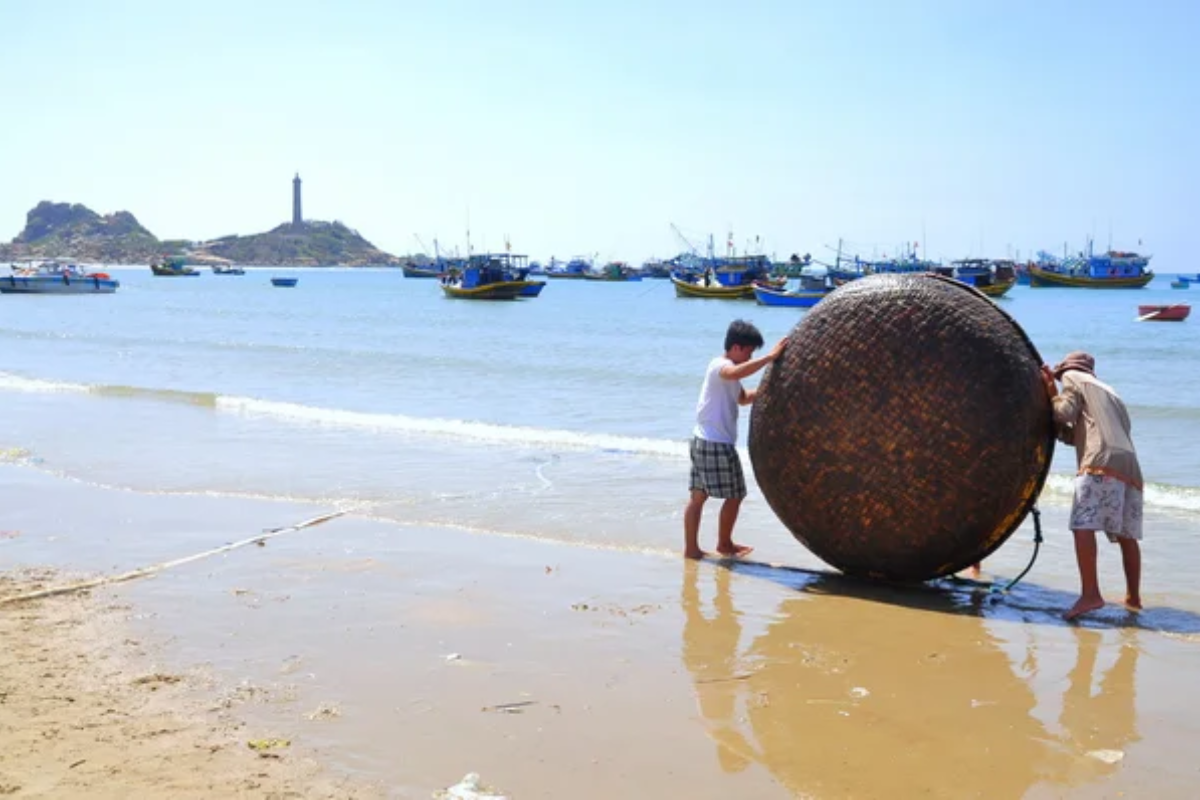
This ancient trading port maintains its tradition of lantern-making, with workshops scattered throughout the old town. Local artisans preserve techniques for creating silk lanterns using bamboo frames and hand-painted designs.
Their craftsmanship combines Chinese, Japanese, and Vietnamese influences that reflect the town’s historic trading heritage.
Banámichi, Mexico
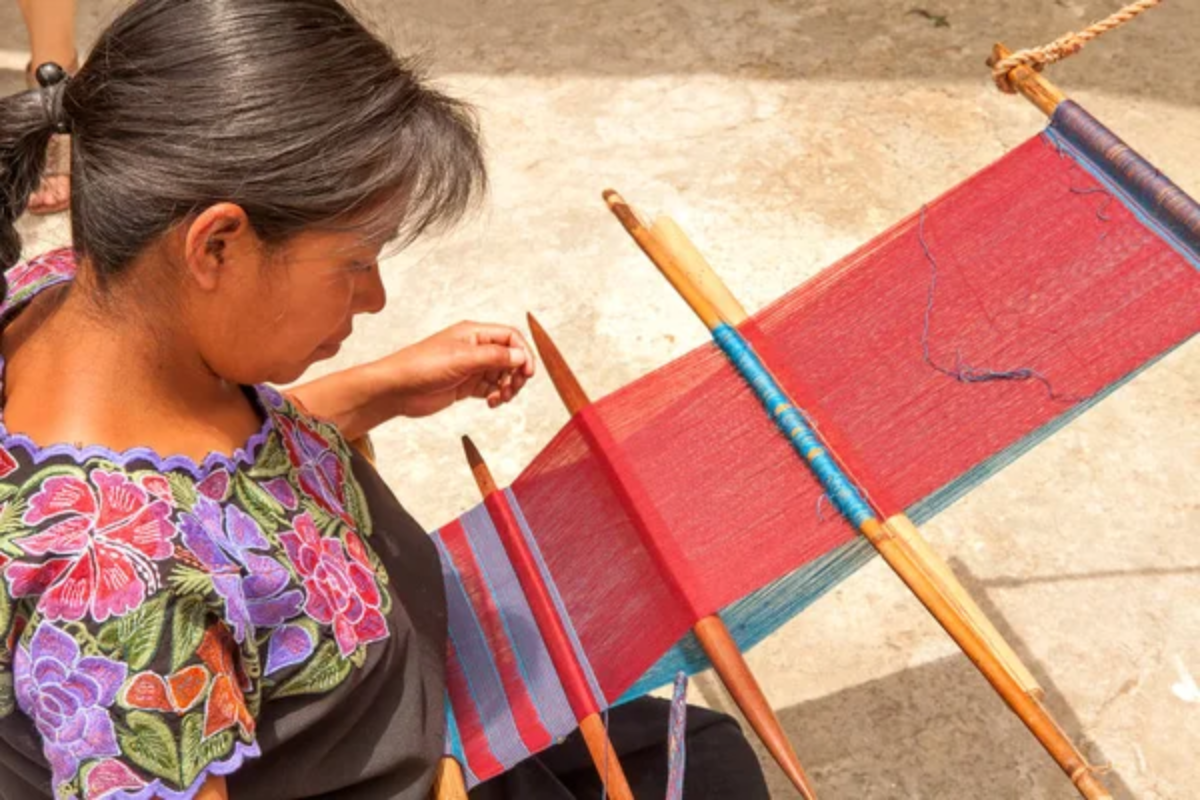
This small town in Sonora preserves traditional leather-working techniques dating back to colonial times. Local artisans maintain methods for creating elaborately tooled saddles and other equestrian equipment.
Their workshops use tools and techniques that have remained largely unchanged for centuries.
Thimi, Nepal

This ancient Newar settlement continues its pottery-making tradition using local clay and traditional techniques. Master potters preserve methods for creating everything from religious vessels to everyday items.
Their workshops maintain traditional wood-fired kilns and hand-powered wheels passed down through generations.
Like Travel Pug’s content? Follow us on MSN.
Banaras, India

The ancient city’s weavers preserve the art of creating Banarasi brocade, known for its rich gold and silver threadwork. Local artisans maintain techniques for creating complex patterns using traditional handlooms.
Their workshops often occupy historic buildings where the same families have been weaving for generations.
Deruta, Italy
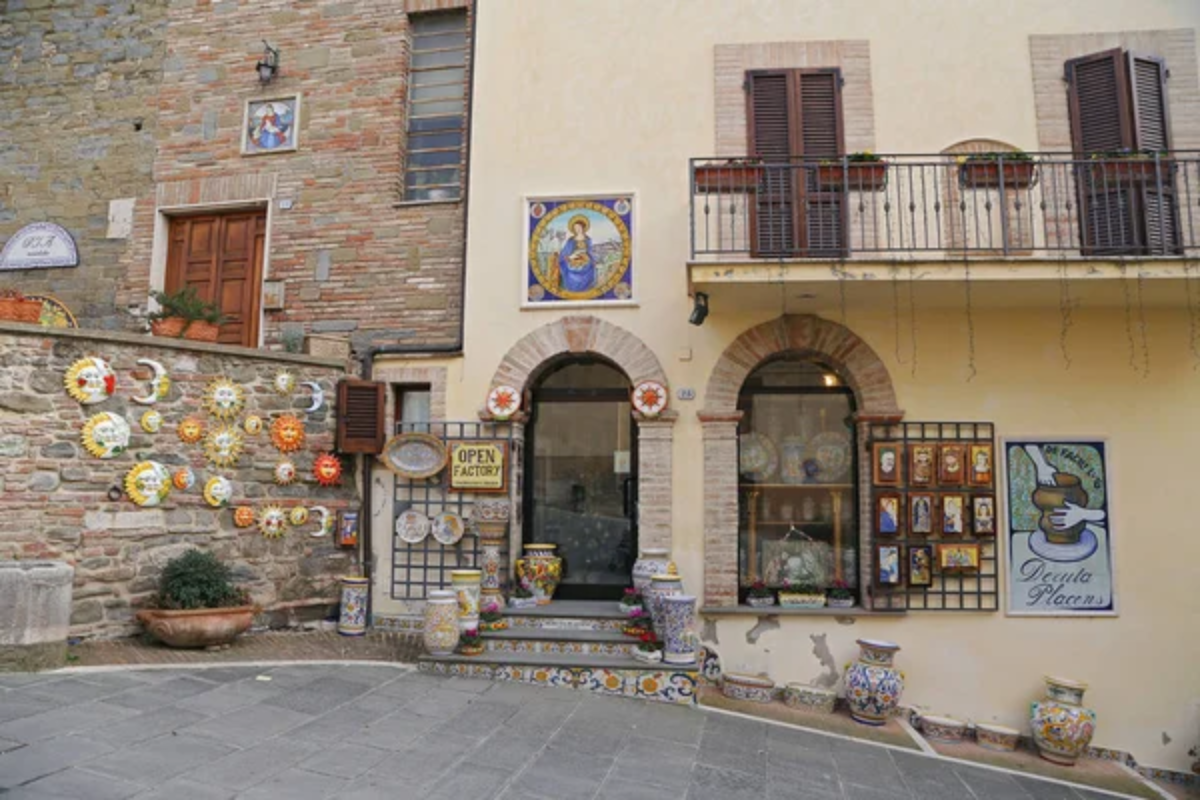
This Umbrian town has been producing distinctive majolica ceramics since the Middle Ages. Local artisans preserve techniques for creating the characteristic lustrous glazes and intricate decorations.
Their workshops maintain traditional methods while incorporating contemporary designs that keep their craft relevant.
San Andrés Larráinzar, Mexico
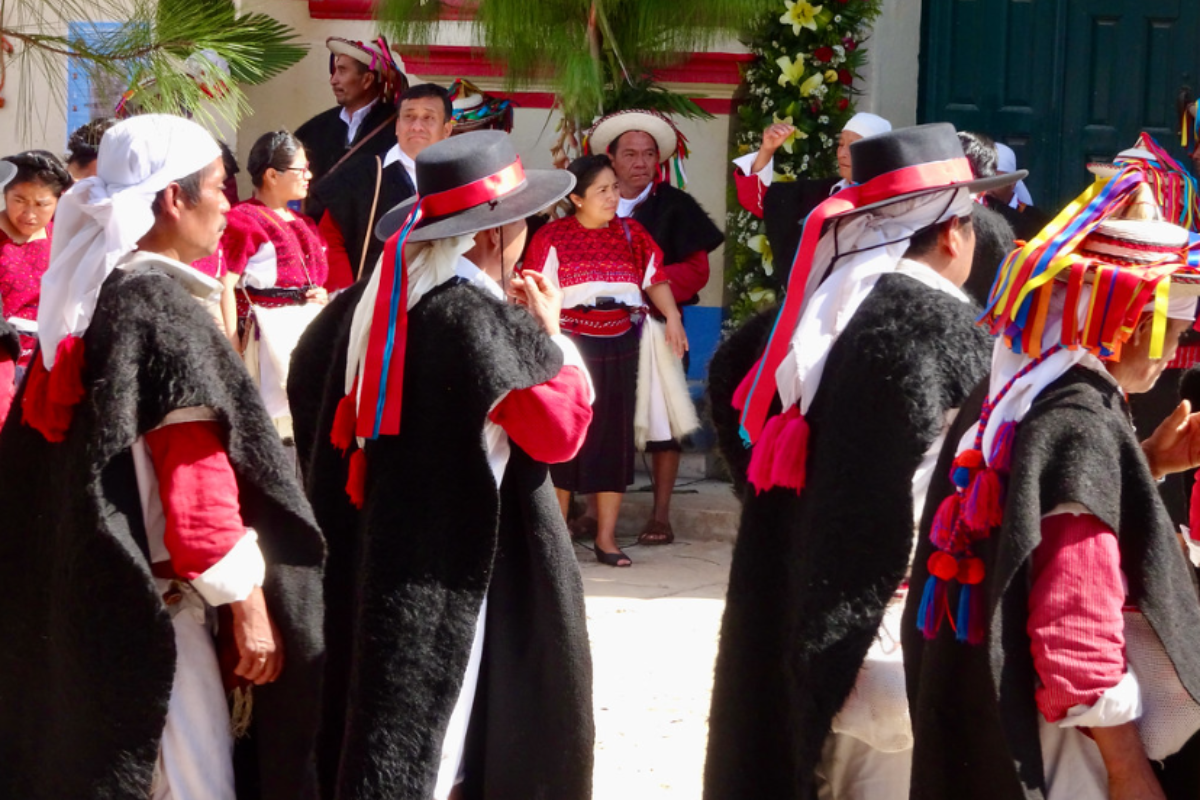
This highland Maya community preserves traditional backstrap weaving techniques for creating ceremonial textiles. Local weavers maintain ancient patterns that carry deep cultural significance.
Their workshops often occupy traditional homes where knowledge is passed down through generations.
Like Travel Pug’s content? Follow us on MSN.
Isfahan, Iran
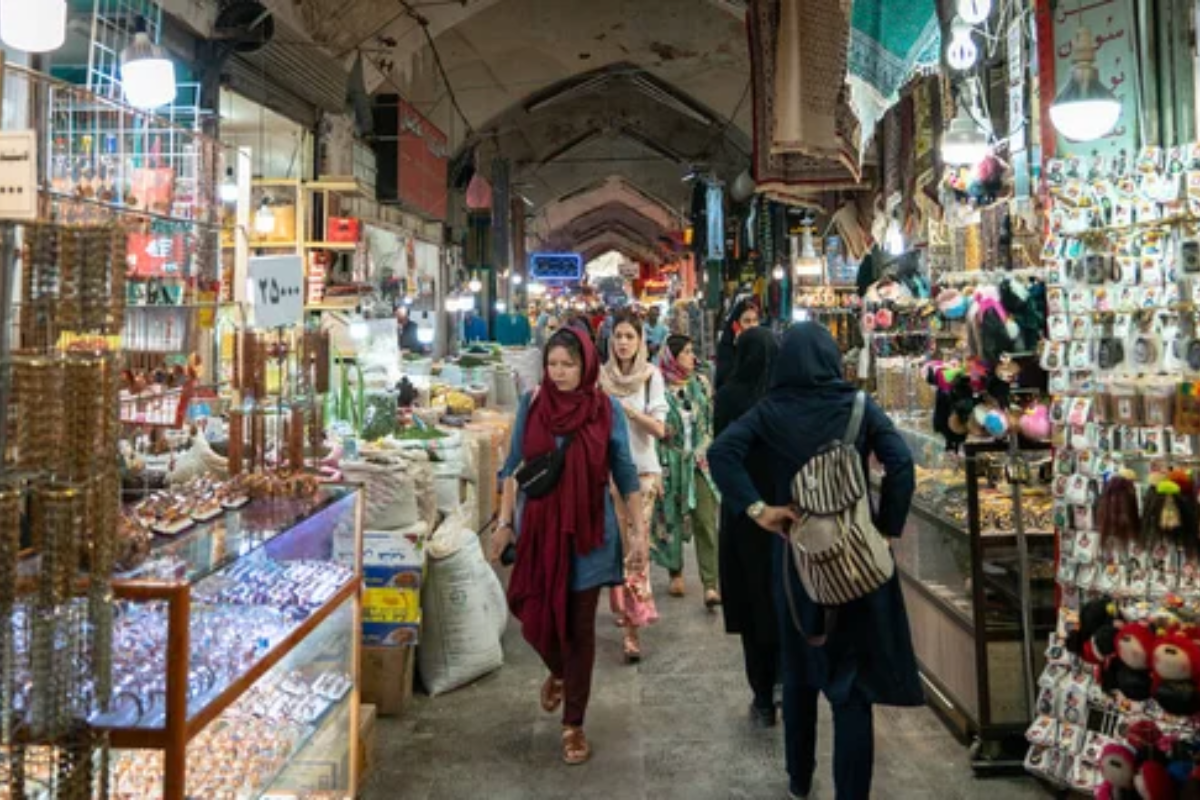
The historic bazaar district maintains workshops that preserve traditional Persian miniature paintings. Local artists continue to create works using techniques and materials that have remained unchanged for centuries.
Their studios also preserve methods for making natural pigments and preparing specialized papers.
Kanazawa, Japan
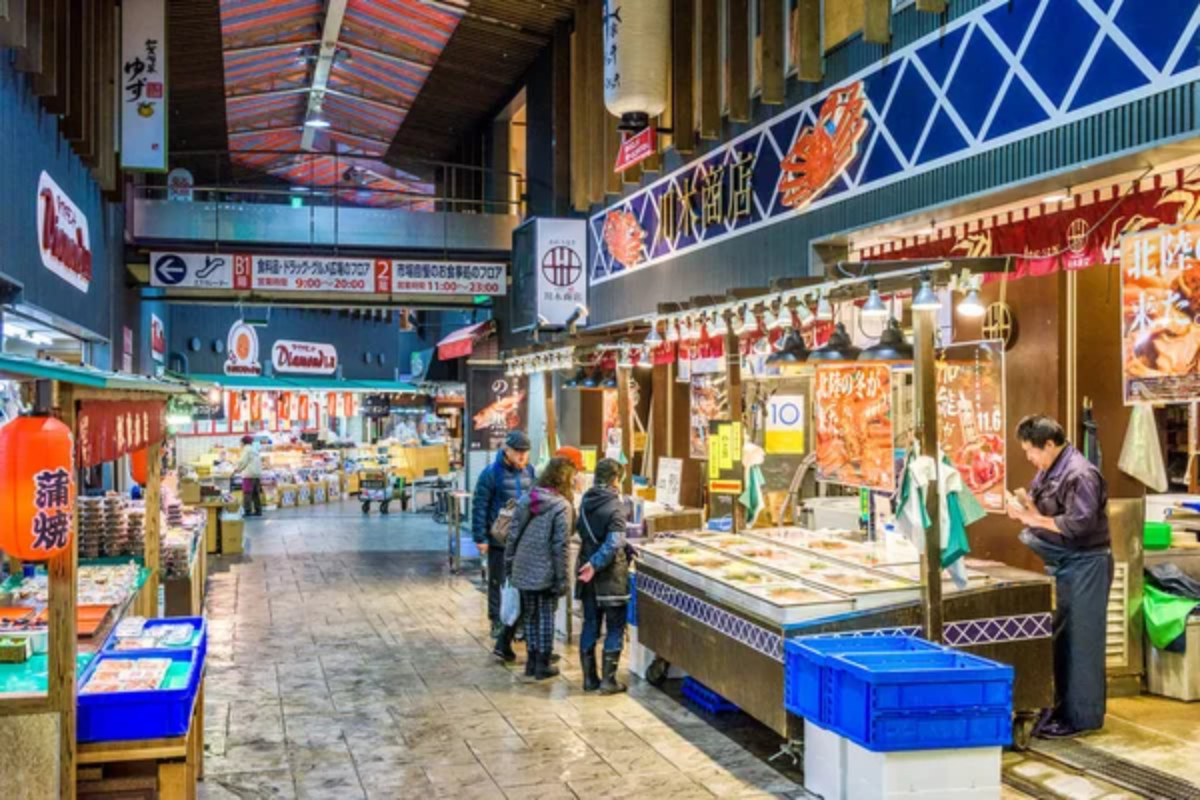
This cultural center preserves numerous traditional crafts, including the art of gold leaf production. Local artisans maintain techniques for creating sheets of gold leaf so thin they’re nearly transparent.
Their workshops use traditional tools and methods that have been refined over centuries.
Bagan, Myanmar

This ancient city maintains its centuries-old tradition of lacquerware crafting, creating intricate items through a painstaking process that can take months to complete. Local artisans preserve techniques for applying up to 30 layers of lacquer, often incorporating traditional designs and patterns.
Their workshops use natural materials like tree sap, ash, and various organic pigments to create these durable and beautiful pieces.
Like Travel Pug’s content? Follow us on MSN.
Ancient Crafts Transform Modern Markets
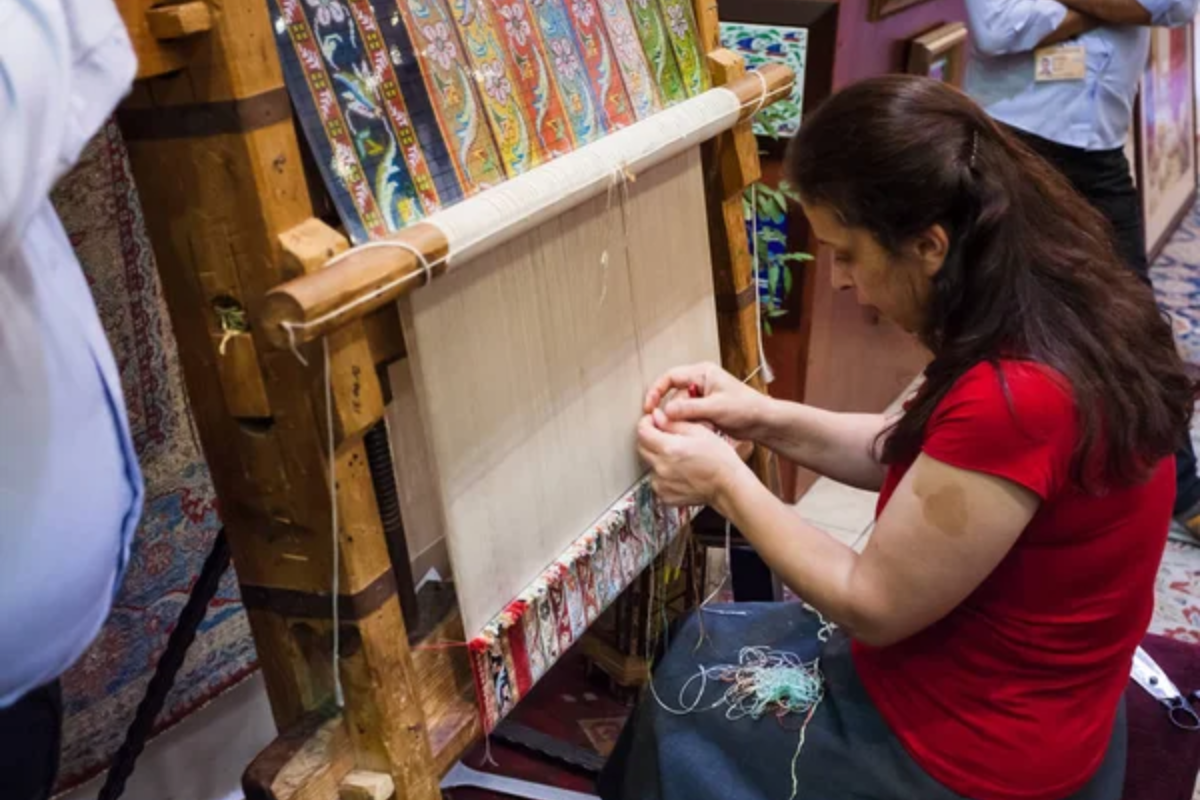
These villages demonstrate that traditional craftsmanship survives and thrives when communities maintain their cultural heritage while adapting to contemporary needs.
Their success offers valuable lessons about sustainable production, cultural preservation, and the enduring appeal of handcrafted goods in our increasingly automated world.
More from Travel Pug

- 20 Towns Built for One Purpose That Were Later Abandoned
- 15 Hidden Spots in Disney World’s Magic Kingdom Most Visitors Miss
- 15 Most Scenic Walks Anywhere in The World
- 15 Canyons in the U.S. That Are Just as Stunning as the Grand Canyon
- 10 Under-the-Radar Mountain Towns That Are Both Affordable and Beautiful
Like Travel Pug’s content? Follow us on MSN.
